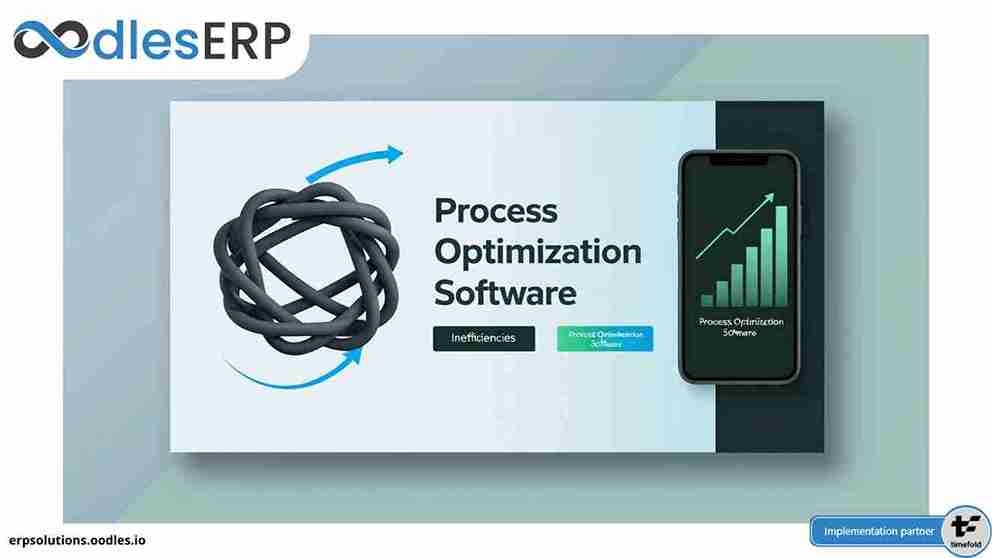As of today, third-party logistics or 3PL is one of the most extensively used models of the supply chain across the globe. Nevertheless, things are changing rather quickly, making it essential for enterprises to adopt the 4PL model to address market demands. Although the 3PL model is still effective at handling scores of logistics processes, fourth-party logistics is rapidly making headway in the market. More importantly, the organizations that export goods overseas must adopt the 4PL approach for supply chain management to remain competitive in the market.
Also read Top Supply Chain Management Trends For 2021
The 4PL Approach For Supply Chain Management
The present-day supply chains have become increasingly complex and fragmented to address the production challenges and fulfill market demands. As the production capacity of an organization increases, the supply chain bears all the burden, not to mention the complexities of managing logistics operations.
The 3PL approach goes only so far towards simplifying the logistics processes by relying on a third-party company. However, it doesn't deal with many crucial aspects of logistics and supply chain management in particular. That's why we have fourth-party logistics or 4PL that efficiently handles the entire supply chain. Let's delve into a comparison between 3PL and 4PL models to understand the difference between the two.
3PL vs 4PL: Points of Comparison
Let's begin with the 3PL model of logistics. In the 3PL model, the manufacturing company outsources a third-party enterprise to handle their logistics operations. However, the manufacturers must maintain the oversight of their supply chain processes without relying on a third party or intermediary. On the contrary, the 4PL model aims at managing the supply chain in its entirety, including the 3PL approach for logistics management.
Below are the main points of comparison between 3PL and 4PL logistics strategies:
– The 3PL model focuses on streamlining the day-to-day logistics operations while 4PL handles the entire supply chain including logistics.
– Third-party logistics mainly focuses on one-off transactions while 4PL is the highest level of logistics services by an enterprise.
– 4PL companies manage a number of resources, vendors, and even 3PL providers to extend the best support for the supply chain management.
– 4PL companies may be the sole owners of several transport vehicles, shipping containers, and warehouses in different locations. On the other hand, 3PL companies generally don't own such assets.
– A 3PL company may extend its support to managing oversight but it can't provide strategic insight and management over the supply chain in its entirety.
– The 4PL approach for supply chain management provides a single point of contact for the entire supply chain. However, with third-party logistics, businesses must take care of their supply chain processes internally.
Fourth-party logistics is normally best suited for medium-to-large scale companies that go beyond international frontiers to deliver their products. At the same time, third-party logistics is still ideal for small-to-medium enterprises having a limited dependency on their supply chain.
You may also be interested in reading Solving Vehicle Routing Problem Using OptaPlanner
The Final Words
The 4PL model is, by far, the highest level of services that you can receive from an organization for logistics and supply chain management. It not only improves the efficiency of your logistics operations but streamlines the entire supply chain management process. In doing so, it provides centralized access to monitor all your logistics and supply chain activities in one place. However, despite the many benefits, there are also a couple of setbacks to adopting the 4PL approach for the supply chain management. First off, you get minimal control over your supply chain and logistics processes. Since you are relying on a third-party company to handle most of the operations, the visibility of your supply chain is also very limited. Furthermore, the 4PL approach for supply chain management can be quite expensive for small-to-medium enterprises and may get deliver the desired ROI.
How We Help You Develop a Holistic Supply Chain Management Solution?
We are a 360-degree supply chain software development company that specializes in developing custom SCM solutions to solve complex business problems. Our development team uses open-source platforms like Odoo, OFBiz, ERPNext, and Opentaps to develop feature-rich logistics and SCM solutions. We also have our expertise in workforce management and planning to provide you better control over your logistics operations. Our developers use planning engines like OptaPlanner and jsprit to build scalable workforce management solutions that can be integrated into the SCM suite. We have a proven track record in supply chain management software development services with 100+ satisfied customers from across the globe. For more information, reach us out at [email protected].










